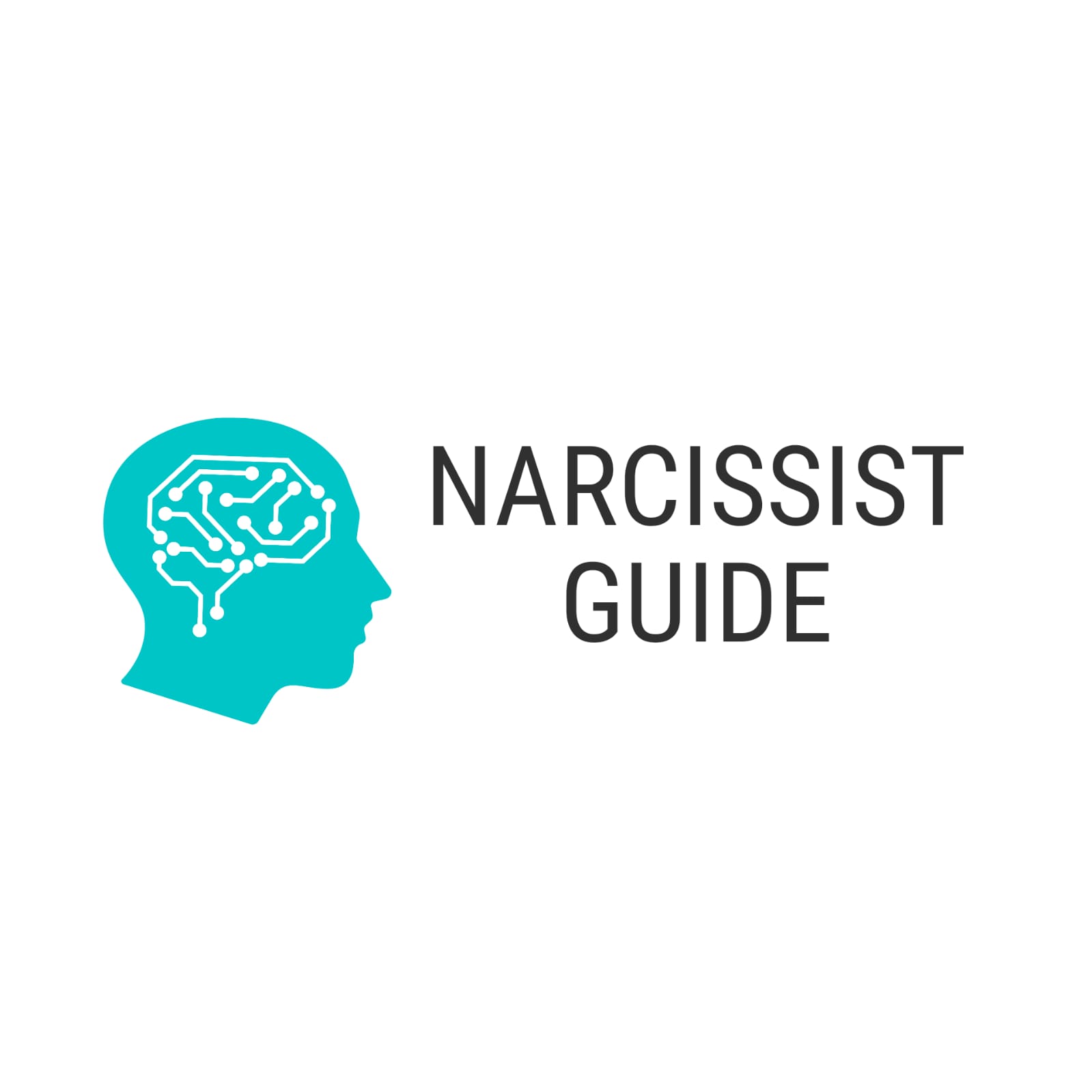How to Turn The Tables on a Narcissist? (Guide)
Dealing with a narcissist can be incredibly challenging. Their manipulative tactics and need for control can leave you feeling powerless.
However, understanding how to turn the tables on a narcissist can empower you and help reclaim your sense of self.
In this article, we’ll explore effective strategies for managing interactions with narcissists, helping you regain control and protect your emotional well-being.

Understanding Narcissism
Understanding narcissism is essential for effectively dealing with narcissistic individuals. By recognizing the underlying motivations and behaviors associated with narcissism, you can better prepare yourself to manage interactions with narcissists.
What is Narcissism?
Narcissism is a personality trait characterized by an excessive sense of self-importance, a lack of empathy, and a strong desire for admiration.
While some narcissistic traits can be present in everyone, clinical narcissism (Narcissistic Personality Disorder) is more severe and can significantly impact relationships and social functioning.
Common Traits of a Narcissist
Narcissists often exhibit several key traits:
- Grandiosity: An inflated sense of self-importance.
- Manipulation: They use others to achieve their goals.
- Lack of Empathy: Difficulty understanding or caring about others’ feelings.
- Need for Admiration: They thrive on compliments and validation.
Recognizing Manipulative Tactics

Narcissists employ a variety of manipulative tactics to maintain control and gain the upper hand in relationships. By recognizing these tactics, you can better protect yourself and turn the tables on them. Here are some of the most common strategies used by narcissists:
Gaslighting
Gaslighting is a manipulative tactic designed to make you question your reality and perceptions. Narcissists may deny events, distort facts, or twist your words, leading you to doubt your experiences and feelings.
This tactic can create confusion and a sense of insecurity, making you more dependent on the narcissist for validation. Recognizing gaslighting is crucial; trust your instincts and document your experiences if needed.
Love Bombing
Love bombing is a tactic where the narcissist overwhelms you with affection, compliments, and attention to create an emotional dependency. Initially, this can feel exhilarating and validating, making you feel special.
However, once they have gained your trust, they may switch to criticism and manipulation. Understanding this tactic can help you remain cautious, even during the initial phase of a relationship.
Projection
Projection is a defense mechanism where narcissists attribute their negative qualities or feelings to others. For example, if they are feeling insecure about their accomplishments, they may accuse you of being jealous or incompetent.
This tactic serves to deflect attention away from their shortcomings while making you doubt your self-worth. Being aware of projection can help you recognize when a narcissist is trying to manipulate your perception of reality.
Triangulation
Triangulation involves involving a third party to create confusion and instability in a relationship. A narcissist may pit you against someone else, playing the victim or instigator, to gain sympathy and control.
This tactic can lead to conflict and division, making it challenging to communicate effectively. Recognizing triangulation can help you maintain clear boundaries and focus on direct communication.
Silent Treatment
The silent treatment is a form of emotional manipulation where the narcissist withdraws communication as a punishment. This tactic can leave you feeling isolated and desperate for their attention.
By refusing to engage with them, they aim to assert control and make you feel guilty or anxious. Recognizing this tactic is crucial for maintaining your sense of self-worth and understanding that their behavior is a reflection of their issues.
Blame Shifting
Narcissists often refuse to take responsibility for their actions and instead shift the blame onto others. They may distort facts to make you feel guilty for issues that are not your fault.
For example, if they engage in hurtful behavior, they may accuse you of provoking them. Recognizing blame-shifting can empower you to assert your truth and avoid unnecessary guilt.
Emotional Blackmail
Emotional blackmail involves using threats, fear, or guilt to manipulate someone into complying with demands.
A narcissist may leverage your feelings to get what they want, making you feel obligated to cater to their needs.
Understanding emotional blackmail allows you to identify when you are being manipulated and helps you maintain control over your choices.
How to Turn the Tables on a Narcissist?

Turning the tables on a narcissist involves reclaiming your power and establishing boundaries that protect your emotional health. Here are several effective strategies to regain control in your interactions with narcissists:
Set Clear Boundaries
Establishing boundaries is crucial when dealing with a narcissist. Communicate what behaviors you will not tolerate. Be firm and consistent in enforcing these boundaries. For example, if they interrupt you, calmly remind them that you deserve to finish your thoughts.
Don’t Engage in Their Games
Narcissists thrive on drama and conflict. By refusing to engage in their manipulative tactics, you take away their power. Stay calm and composed, and avoid reacting emotionally to their provocations.
Use the “Gray Rock” Method
The “Gray Rock” method involves becoming as uninteresting as possible to the narcissist. Respond to their attempts at manipulation or attention with bland, non-emotional responses. This technique can discourage them from targeting you for attention or drama.
Keep Your Emotions in Check
Narcissists often use your emotions against you. By managing your emotional responses and staying calm, you can prevent them from gaining leverage over you. Practice deep breathing or mindfulness techniques to maintain your composure during interactions.
Focus on Yourself
Redirect your energy toward self-care and personal growth. Engage in activities that bring you joy and fulfillment, and surround yourself with supportive people. By prioritizing your well-being, you become less susceptible to the narcissist’s manipulations.
When to Walk Away?
Knowing when to walk away from a narcissist can be one of the most empowering decisions you can make for your mental and emotional health.
While it can be difficult to let go of relationships, especially if they were once positive, sometimes the best choice is to distance yourself.
Here are some indicators and considerations to help you recognize when it might be time to walk away:
Recognize Toxic Relationships
Sometimes, the best way to turn the tables on a narcissist is to remove yourself from the situation entirely. If a relationship is causing you significant emotional harm, consider whether it’s worth maintaining. Trust your instincts and prioritize your mental health.
Seek Professional Help
If you find it difficult to cope with a narcissist, seeking help from a mental health professional can provide you with tools and strategies to manage the relationship effectively. Therapy can help you process your experiences and develop a plan for moving forward.
People also ask
How do you turn the table on a narcissist?
To turn the tables on a narcissist, try these key strategies:
Set Boundaries: Communicate what behaviors you won’t accept.
Stay Calm: Don’t engage in their drama or react emotionally.
Use the “Gray Rock” Method: Be uninteresting to discourage their attention.
Focus on Yourself: Prioritize your well-being and surround yourself with supportive people.
Trust Your Instincts: Recognize manipulative behavior and document your experiences if needed.
Consider Walking Away: If the relationship is harmful, it may be best to distance yourself.
How to break a narcissist’s heart?
Set Boundaries: Firmly establish your limits and stick to them, showing you won’t tolerate their behavior.
Withdraw Affection: Reduce or eliminate emotional support, attention, and validation that you previously offered.
Be Unavailable: Limit your availability and engagement with them, making it clear that you’re moving on.
Stay Calm: Avoid emotional reactions or arguments; this can frustrate them more than a dramatic response.
Pursue Your Happiness: Focus on your own life and well-being, showcasing that you’re thriving without them.
How does the narcissist react when he realizes you no longer care?
When a narcissist realizes you no longer care, they may react in several ways:
Anger and Rage: They might lash out, becoming aggressive or confrontational as a way to regain control.
Victim Mentality: They could play the victim, trying to elicit sympathy and manipulate you into feeling guilty.
Attempts to Re-engage: They may try to win you back with love bombing or flattery, attempting to regain your attention.
Silent Treatment: They might withdraw or give you the silent treatment to punish you for pulling away.
Desperation or Jealousy: Seeing you move on can provoke feelings of jealousy or desperation, as they struggle with the loss of validation.
Conclusion
How to Turn The Tables on a Narcissist? Turning the tables on a narcissist requires patience, self-awareness, and a commitment to your well-being.
By setting boundaries, managing your emotional responses, and focusing on personal growth, you can regain control of your interactions.
Remember, you are not powerless. With the right strategies, you can navigate relationships with narcissists and protect your emotional health.

I’m Dr. James, and I’m glad you’re here. With years of experience in understanding and addressing the complexities of narcissistic behavior, I’ve dedicated my career to helping individuals navigate the challenging dynamics that come with narcissism, whether it’s in personal relationships, workplaces, or family settings.






